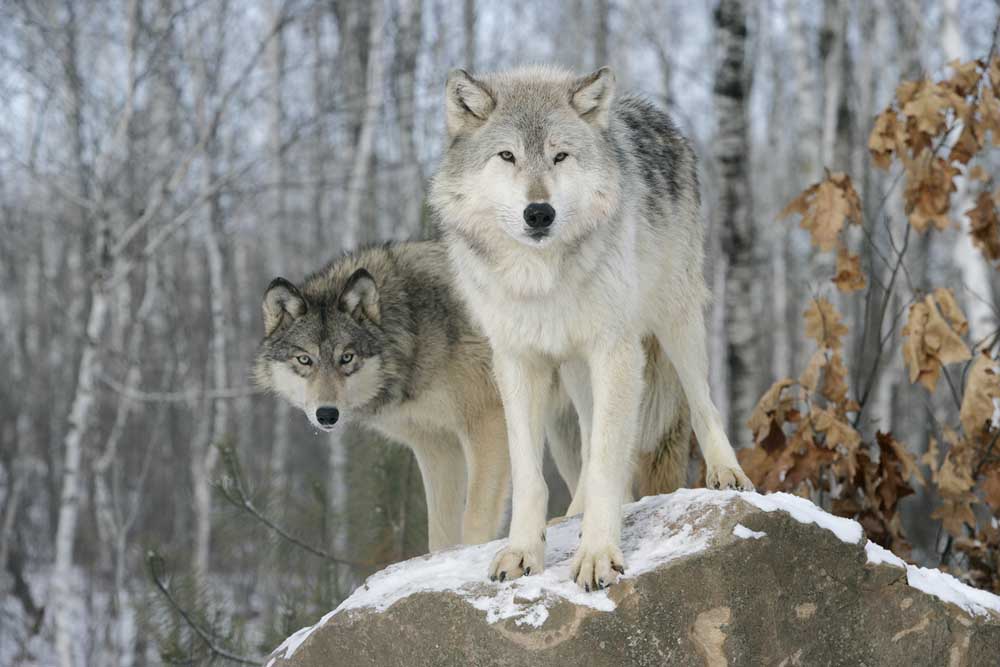Idaho wolf population drops in most recent estimate
Published 2:00 pm Monday, January 30, 2023

- The 9th U.S. Circuit Court of Appeals heard oral arguments in a case that could impact cattle grazing in the Colville National Forest in Washington state.
Idaho’s wolf population is down from recent highs.
The 13.3% decline to 1,337 could reflect a reduction in reproductive success as packs get smaller, Shane Roberts, Department of Fish and Game wildlife research manager, told the state Fish and Game Commission Jan. 26.
The commission and department for years have have worked to reduce the population, particularly where wolf-livestock conflicts are chronic or where elk populations are below management objectives. The 2021 Legislature increased allowed harvest and methods of take.
During the past three years the estimated wolf population has been 1,543 to 1,556.
Wildlife advocates have criticized the department’s methodology, claiming it over-estimates the wolf population. Some ranchers say it does not sufficiently document the predator’s movement and behavior.
To get the 2022 population estimate, crews in July and August used 533 cameras that collected about 10 million photos. Biologists used artificial intelligence software to sift through the images and used mathematical modeling.
Department staff throughout the year collect information on wolf mortality. They gauge how, where and when wolves are dying and how the population fluctuates seasonally, spokesman Roger Phillips said. Biologists also can estimate the minimum number of litters produced by studying age and genetic data.
Fish and Game and University of Montana researchers developed the methodology.
“No matter what we do with monitoring, there will always be criticism,” said Jon Rachael, the department’s wildlife bureau chief. “There is likely no perfect tool.”
Results from the current method appear to track with those from other approaches the department is evaluating, he said.
The department estimates the wolf population before hunting and trapping seasons, and winter mortality, occur.
Mortality is tracked over the state’s fiscal year, which starts on July 1.
The total mortality was 585 in 2019, 477 in 2020 and 486 in 2021. From July 1 through Dec. 31, 2022, it was was 234.
The population remains well above the target the U.S. Fish and Wildlife Service set in its 2009 Endangered Species Act delisting rule for the Northern Rockies. The rule calls for populations around 500 in Idaho, 400 in Montana and 200 to 300 in Wyoming. It instructs each state to manage for at least 15 breeding pairs and 150 wolves in midwinter.
Idaho Fish and Game in February plans to release for public comment a draft management plan that reflects similar goals. A population around 500, which the plan aims for in six to seven years, would reduce wolf-livestock conflicts while maintaining a sustainable wolf population and healthy elk herds, the department said.
Hunting and trapping, the main causes of mortality, are down recently, Phillips said. Other causes include management actions after livestock depredations or to reduce elk predation, natural causes and accidents.
Weather, prey abundance, breeding and harvest success will impact year-to-year changes in the state’s wolf population, he said.
“There will be good years and bad years for all animals,” Phillips said.






